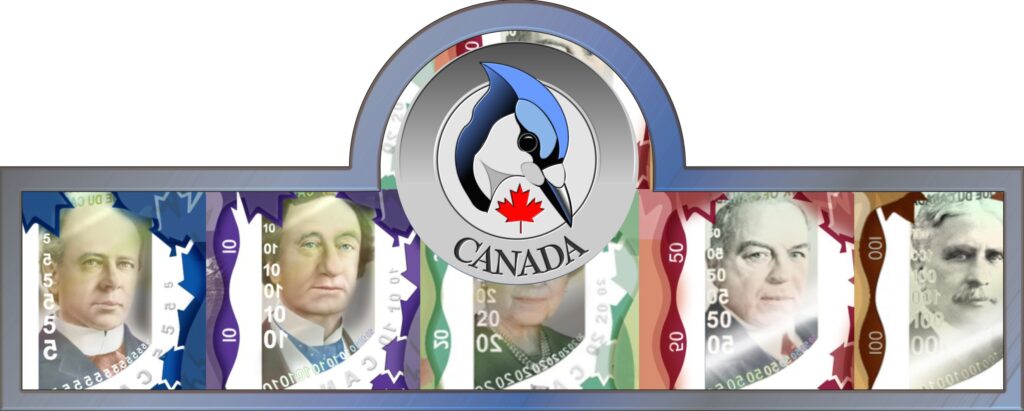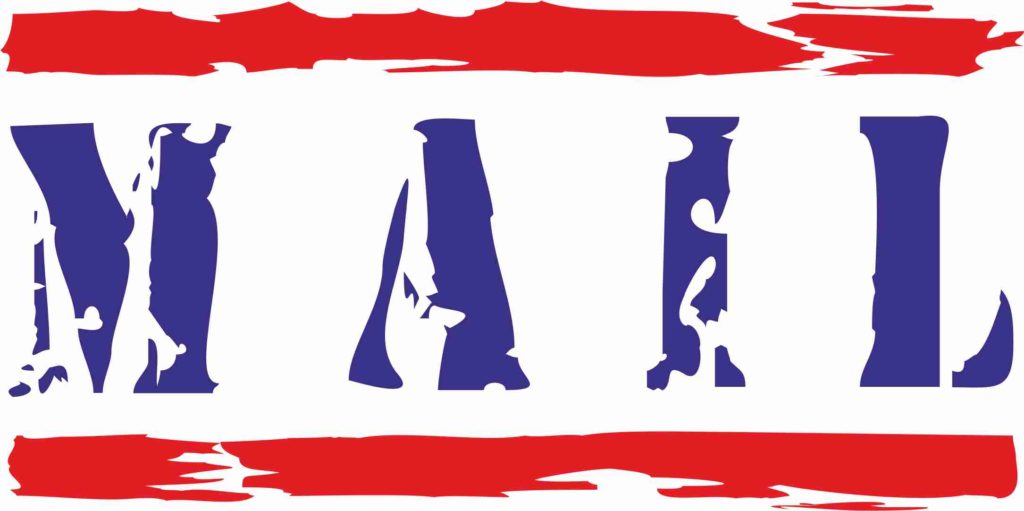Bank notes / Bills in Canada
The bank notes in Canada are made of a polymer blend. So they are no paper but plastic money. Canada’s series of notes is considered highly counterfeit-proof. With their structured surface, they are more easily recognizable even for the visually impaired and blind.
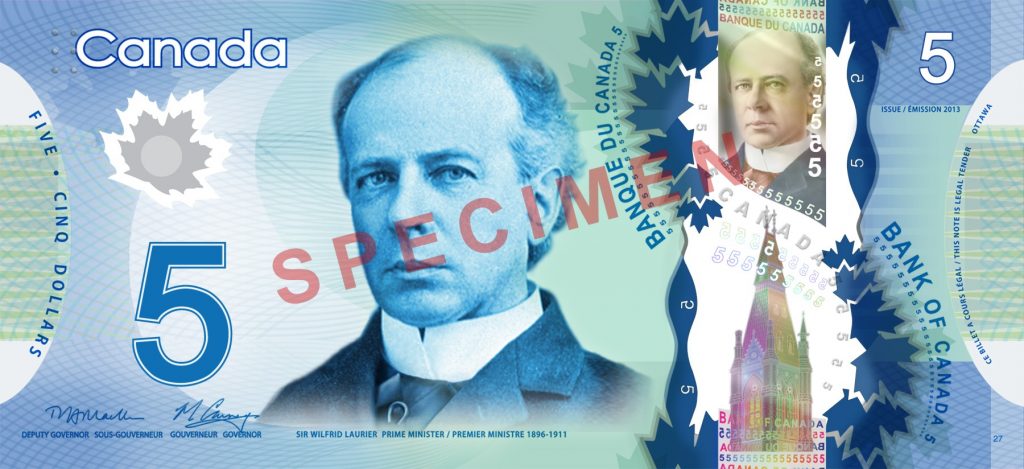
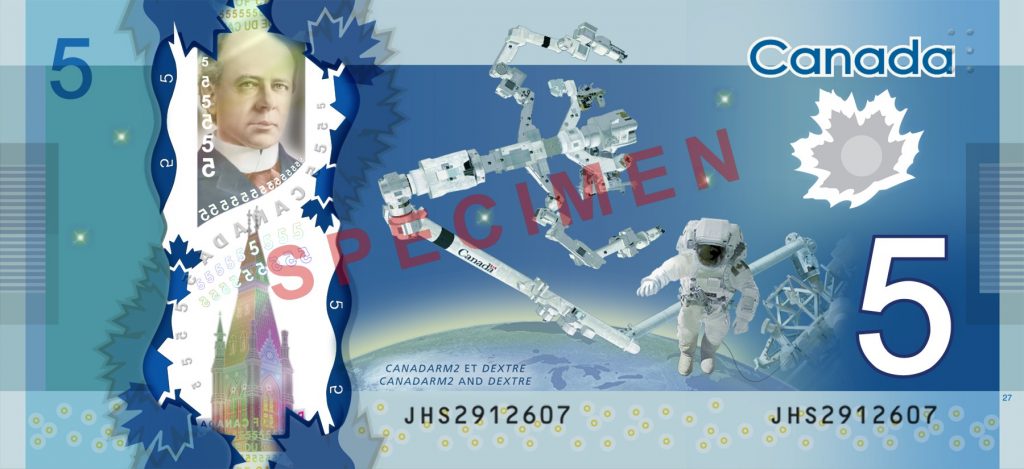
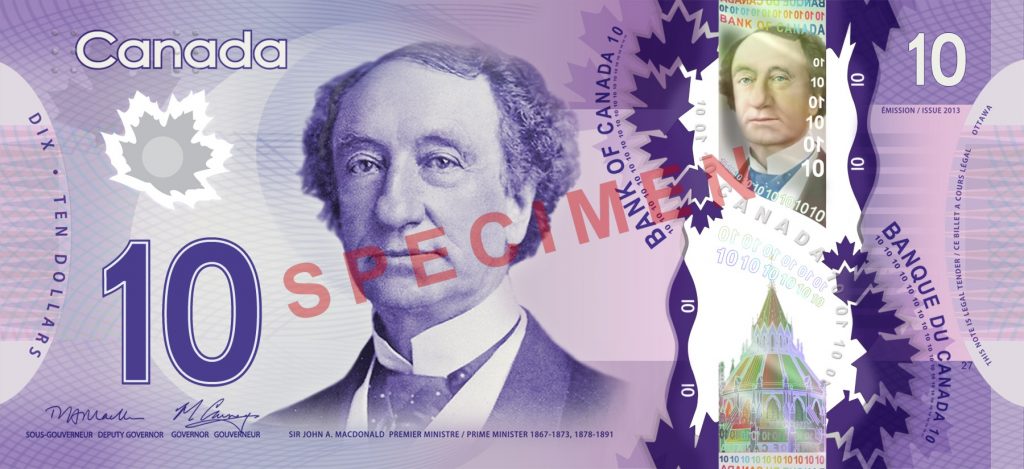
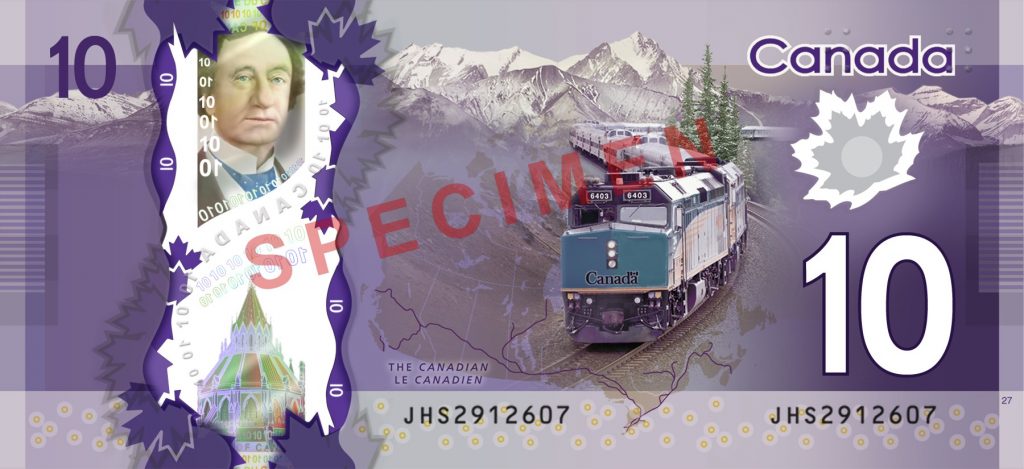
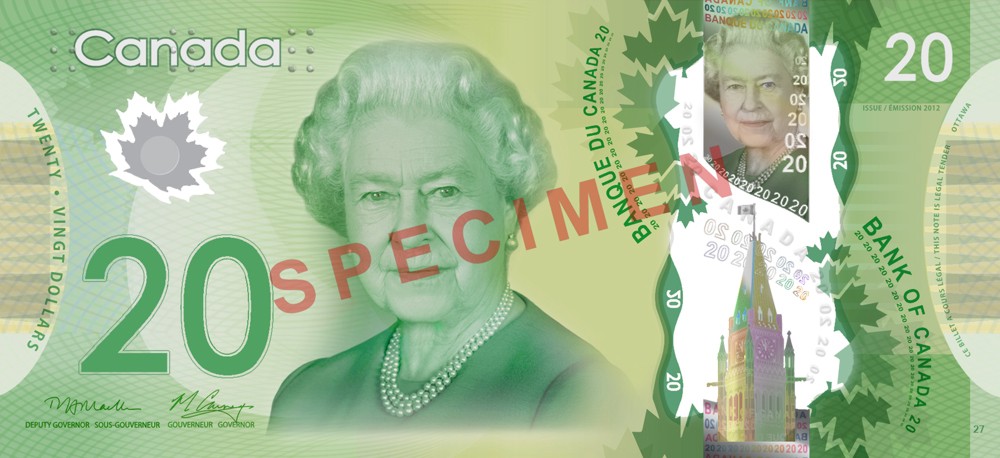
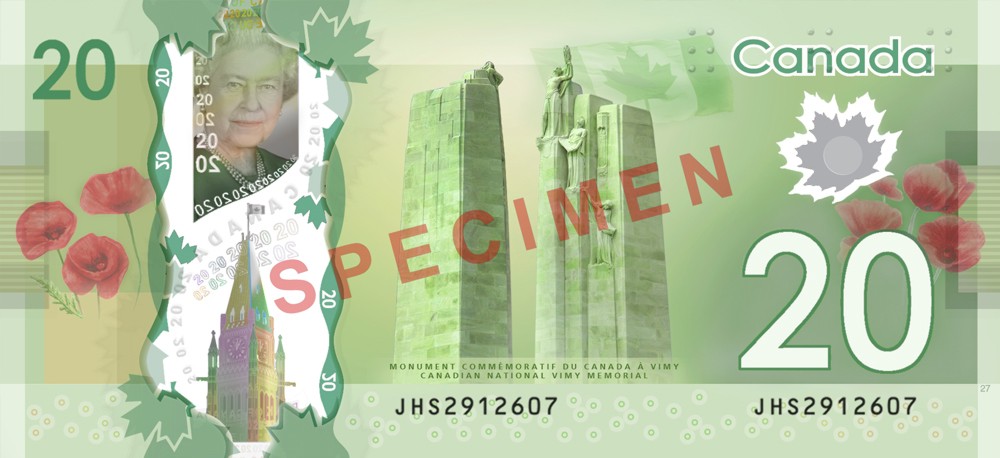

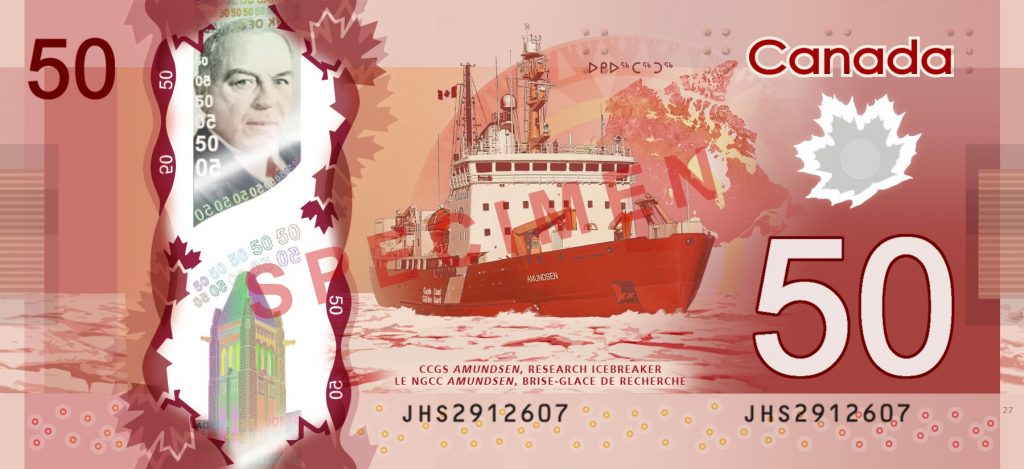
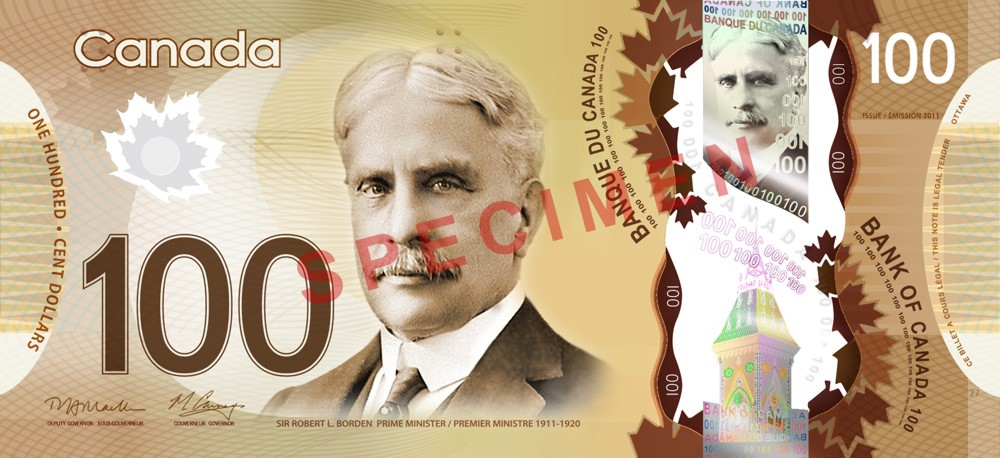
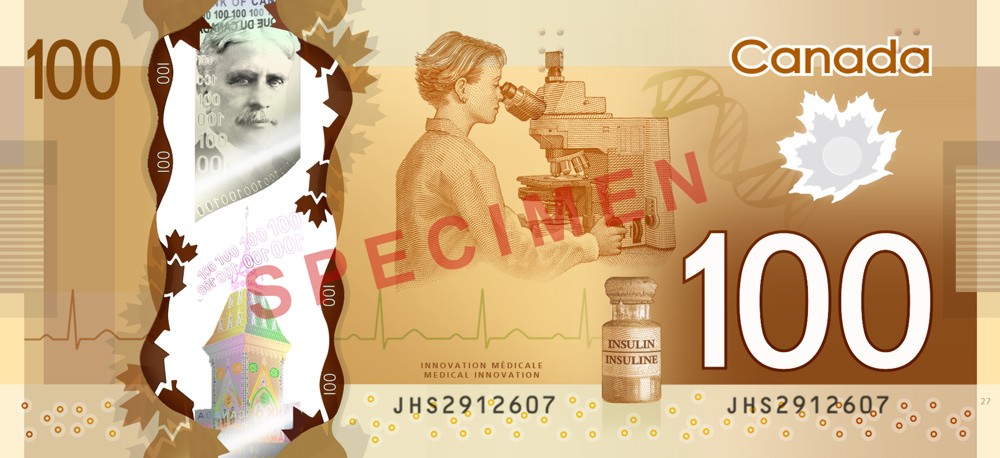

The production of banknotes from polymer since 2011 significantly reduces costs, as the plastic note will remain in circulation much longer than its paper predecessor.
At the front of the 20-dollar bill Queen Elizabeth II is displayed. On the other dollar notes, the front is reserved for former prime ministers.
Since 1954 the back of the bills are showing different thematic series. For example, the 1986 series depicts birds from Canada. The series of 2001 is entitled Canada trip. The latest series from 2011, on the other hand, illustrates achievements from Canada, such as the discovery of insulin by Canadian scientists or the exploration of the Arctic.
Another feature of the banknotes in Canada is their inscription in English and French. English and French are official national languages. Consequently, the inscription is in both languages.
The Canadian dollar bills are all the same size. They can be identified very well due to the clear colouring.
During the launch of the current banknotes, a dispute broke out concerning the maple leaf depicted. A Canadian biology professor discovered that it is not the leaf of a Canadian maple, but of an imported maple. The spokeswoman of the central bank, Girard, said that this was intentional: the stylized maple leaf on the bill did not exist. Had an existing maple species been chosen, not all Canadians would have been included.
